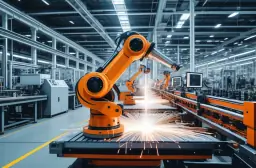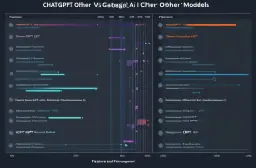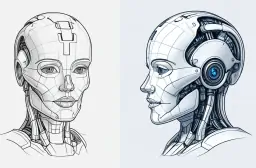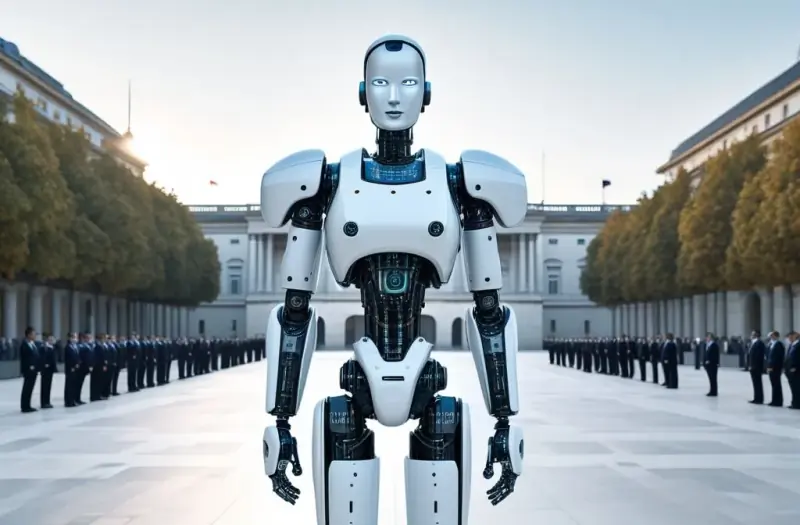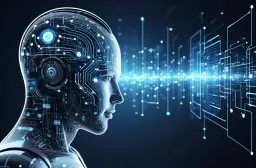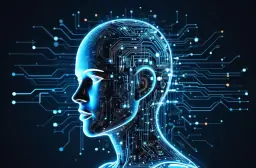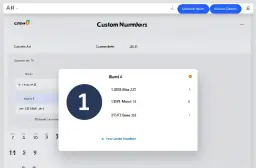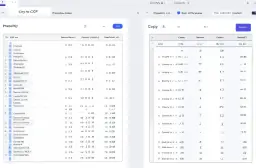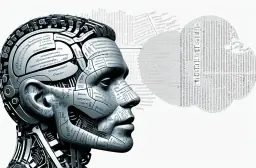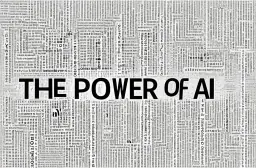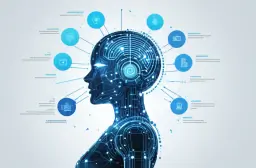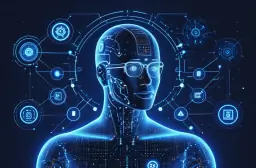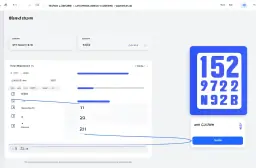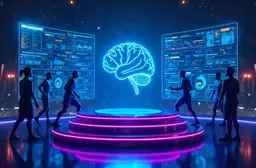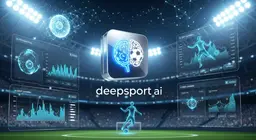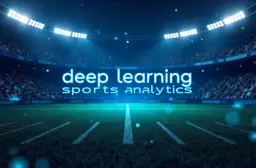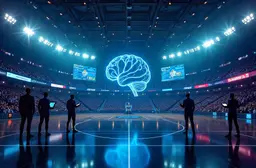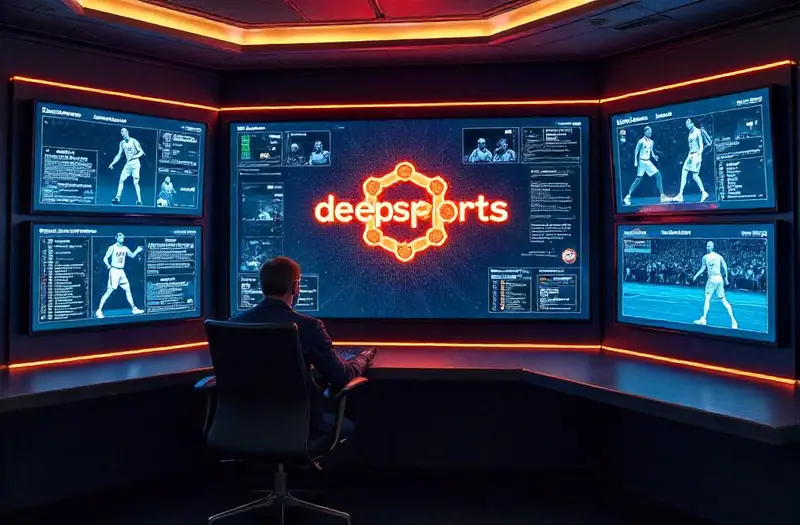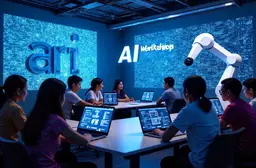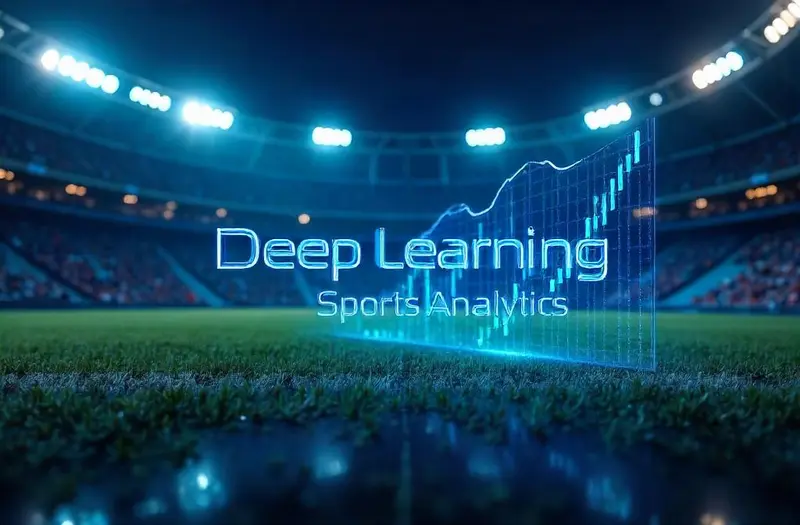Deep Learning Sports Analytics Athlete Performance Prediction
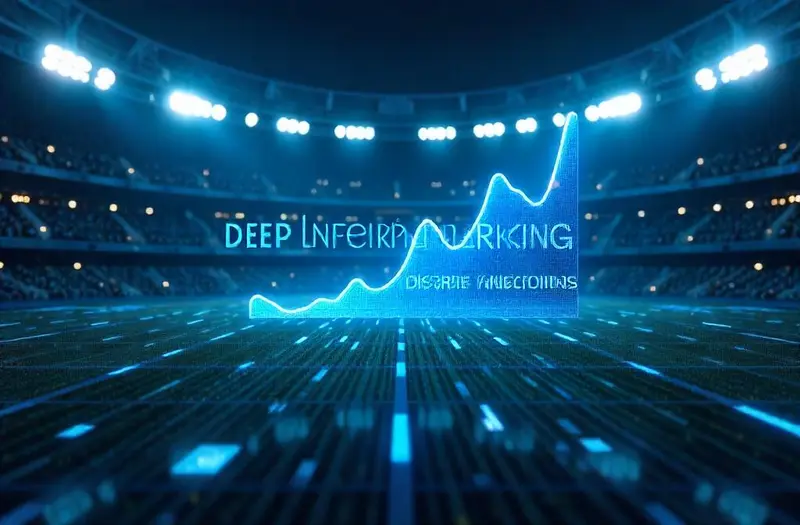
Table of Contents
Deep learning in sports analytics and performance prediction has become a major breakthrough in modern sports. By combining deep learning and artificial intelligence technology, we can now analyze athlete performance with unprecedented precision. This technology allows us to uncover hidden patterns, predict match outcomes, and significantly enhance athlete performance.
Through deep learning in sports analytics, we can process big data from sensors, cameras, and wearable devices. This approach enables advanced statistical analysis in sports, helping coaches and analysts make more accurate data-driven decisions. With predictive models for sports performance, athlete potential can be optimized and injury risks minimized.
Why Deep Learning Matters in Sports Analytics
Deep learning provides the ability to recognize patterns invisible to traditional methods. This technology doesn’t just focus on match outcomes but also incorporates physiological, psychological, and environmental parameters. As a result, athlete performance prediction becomes more accurate and relevant.
Additionally, advanced algorithms for sports analytics allow for data-driven simulations. For example, a soccer team’s performance can be analyzed based on heatmaps of player movements during matches, processed with big data for sports prediction.
AI-powered sports analysis also enables the creation of deep learning-based recommendation systems, such as personalized training programs tailored to each athlete’s needs.
1. Injury Prediction and Physical Performance
Deep learning analysis can predict potential injuries based on training patterns and an athlete’s medical history. These models can detect anomalies in movements or real-time performance drops.
Using wearable devices, data is continuously collected—heart rate, sleep patterns, and fatigue levels. This data is processed to achieve athlete performance optimization with AI, allowing for customized recovery programs.
2. Team and Opponent Strategy Analysis
With machine learning in performance forecasting, we can analyze opponent strategies in depth. Opponent movement data is processed to detect attack patterns, defense setups, or game transitions.
This analysis is then used to design more effective strategies. For example, in basketball, an opponent’s pick and roll plays can be predicted and countered earlier. This proves how AI technology in athlete evaluation can enhance a team’s competitive edge.
Deep Learning Applications Across Sports
Deep learning technology isn’t limited to a single sport. Deep learning in sports analytics can be applied in soccer, basketball, tennis, and even e-sports. Each sport has unique data patterns that can be analyzed to enhance performance.
In soccer, predictive models for sports performance are used to determine the best formation based on player fitness. In tennis, this technology helps analyze shot patterns and opponent serve speeds.
In e-sports, natural language processing in sports analysis is used to evaluate team communication, strategies, and real-time gameplay patterns. This demonstrates the flexibility of AI technology in evaluating athletes and strategies.
1. Soccer
In soccer, pattern recognition algorithms are used to analyze player movements during matches. With generated heatmaps, coaches can evaluate the effectiveness of applied tactics.
Statistics show that clubs adopting deep learning-based sports data analysis experience a 23% improvement in performance compared to traditional methods. This proves that data-driven approaches deliver significant impact.
2. Tennis and Individual Athletics
For individual sports like tennis, latent semantic indexing for performance prediction is used to analyze every shot. This technology helps athletes identify opponent weaknesses and develop better gameplay strategies.
In athletics, big data processing for sports prediction can monitor key variables such as speed, jump angles, and power output to maximize competition results.
Deep Learning Analytics Process in Performance Prediction
The sports data analytics process with deep learning involves several interconnected stages. From data collection to strategic decision-making, each step requires high precision.
The first step is big data collection from sensors and other devices. This raw data is then processed using deep learning algorithms to detect hidden patterns. Afterward, the analysis results are used to provide actionable recommendations.
1. Data Collection Phase
Data is collected from various sources: wearable devices, GPS sensors, match cameras, and athlete medical records. The data volume is massive and cannot be analyzed manually.
With machine learning in performance forecasting, we can transform raw data into valuable insights. For example, we can determine optimal training loads to prevent overtraining.
2. Processing and Predictive Modeling Phase
Once data is collected, predictive models for sports performance are built using deep learning algorithms. These models are continuously updated to remain relevant to the athlete’s latest conditions.
This processing helps create deep learning-based recommendation systems, offering personalized solutions like diet programs, training schedules, and match strategies.
| Analytics Stage | Main Process | Output |
|---|---|---|
| Data Collection | Data from wearables, GPS, video | Raw data |
| Processing | Deep learning algorithms | Patterns & insights |
| Predictive Model | Model validation & evaluation | Performance predictions |
| Implementation | Training & match strategies | Performance optimization |
Challenges and Solutions in Implementing Deep Learning
While offering many benefits, implementing advanced statistical analysis in sports powered by AI also has challenges.
A key challenge is data availability and quality. If collected data is inaccurate or inconsistent, predictions become unreliable. Therefore, using high-quality data collection devices is crucial.
Another challenge is interpreting analytical results. Not all coaches or athletes understand AI-generated insights. To address this, easy-to-understand visualization systems are needed so results can be translated into practical strategies.
1. Data Quality
To ensure data quality, standardized measurements are required. Wearable devices should be regularly calibrated, and collected data should go through validation before analysis.
Moreover, pattern recognition in athlete performance requires comprehensive historical datasets. Without historical data, models cannot learn optimally.
2. User Knowledge
Many sports teams are still new to using AI technology. Therefore, educating coaches and technical staff is crucial so they can fully leverage artificial intelligence for sports analysis.
The Future of Deep Learning in Sports Analytics
The future of this technology is very promising. With advancements in computing power and increasingly efficient algorithms, athlete performance optimization with AI will become faster and more accurate.
Additionally, there will be greater integration between virtual reality and deep learning to create more realistic training simulations. This technology will also facilitate real-time tactical analysis, enabling quicker strategic decisions.
In the long run, we can envision AI-powered coaching assistants capable of providing instant recommendations during matches. This will revolutionize how sports teams compete in the future.
1. Integration of New Technologies
Combining Internet of Things (IoT) and deep learning will open new possibilities. Real-time data can be processed instantly to predict performance within seconds.
Furthermore, integrating natural language processing in sports analysis will allow coaches to communicate directly with AI systems for strategic insights.
2. Impact on the Sports Industry
The sports industry will increasingly rely on data. Clubs, federations, and even sponsors will depend on deep learning-based sports data analysis to make investment and business strategy decisions.
“Technology is not just a tool but a strategic partner in shaping the future of sports,” says a leading AI analyst.
FAQ
What is deep learning in sports analytics and performance prediction? It is the use of deep learning to analyze sports data and predict athlete performance more accurately.
How does this technology help athletes? By identifying hidden patterns, it helps optimize training, prevent injuries, and improve performance.
Can all sports benefit from this technology? Yes, it’s flexible and can be applied to team sports, individual sports, and even e-sports.
What’s the biggest challenge in implementing it? The main challenges are data quality and the ability of coaches or athletes to understand analytical results.
What’s the future of this technology? It will integrate with VR, IoT, and NLP for more advanced and real-time analytics.
Conclusion
In modern sports, deep learning in sports analytics has opened new opportunities to enhance athlete performance and team strategies. With machine learning in performance forecasting, we can understand previously undetectable complex patterns, optimize training, and minimize injury risks.
Although there are challenges like data quality and user knowledge, technological solutions continue to evolve. The future shows that integrating AI, IoT, and real-time analytics will lead sports into a smarter era.
Key Takeaways
- Deep learning improves the accuracy of athlete performance prediction
- Big data analysis helps prevent injuries and optimize training
- The biggest challenges are data quality and result interpretation
- The future of this technology includes VR, IoT, and NLP integration















































